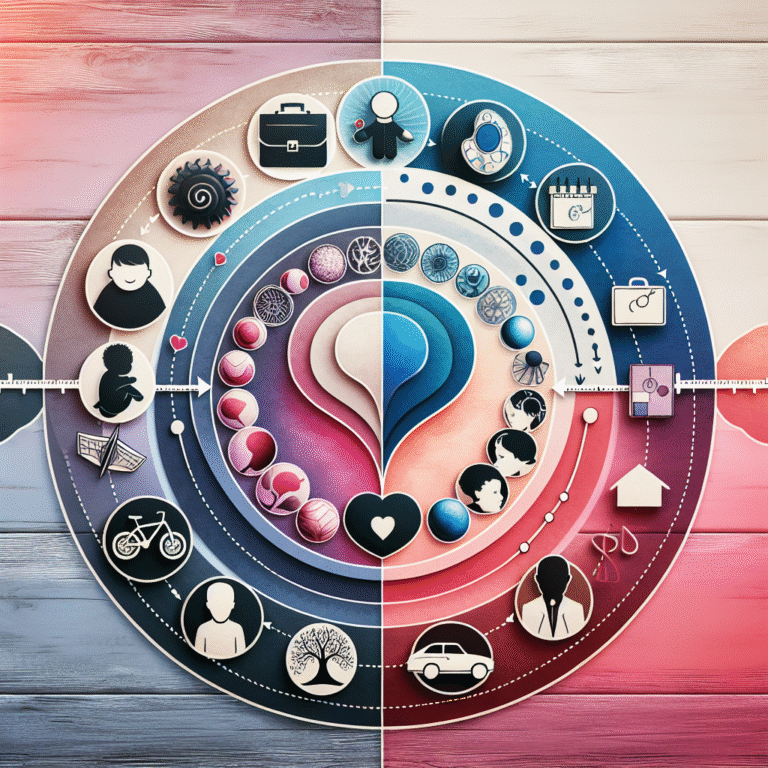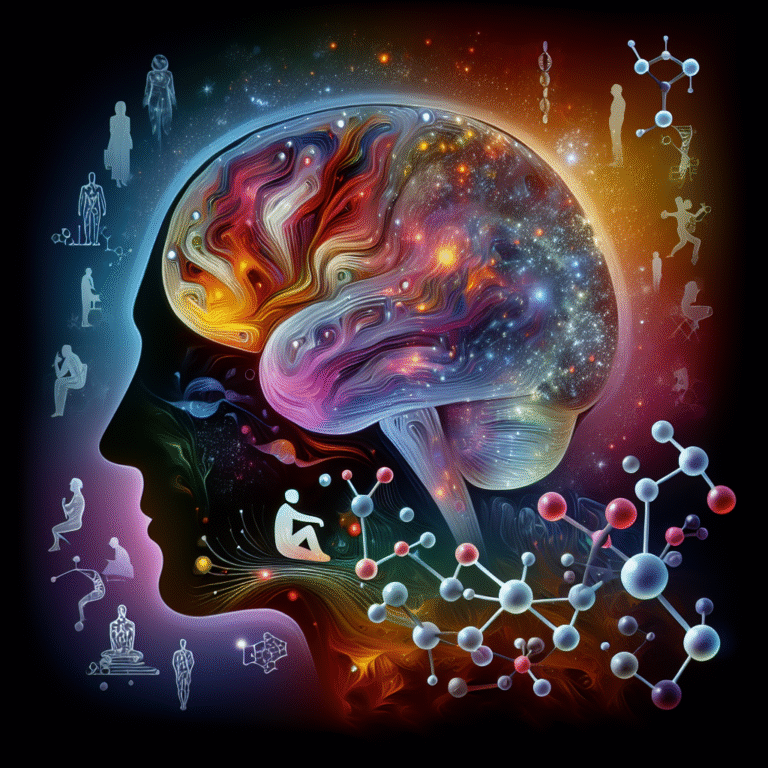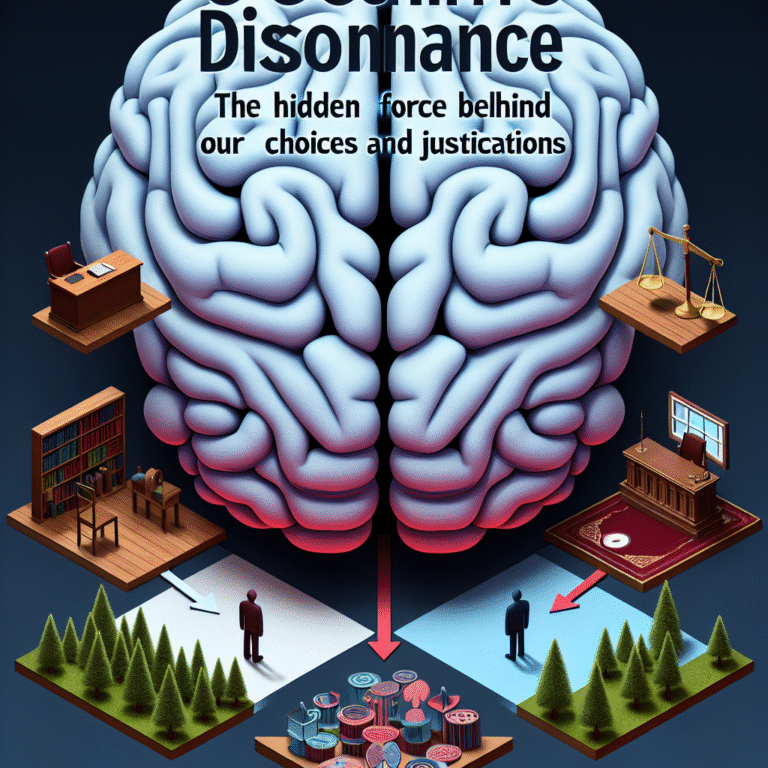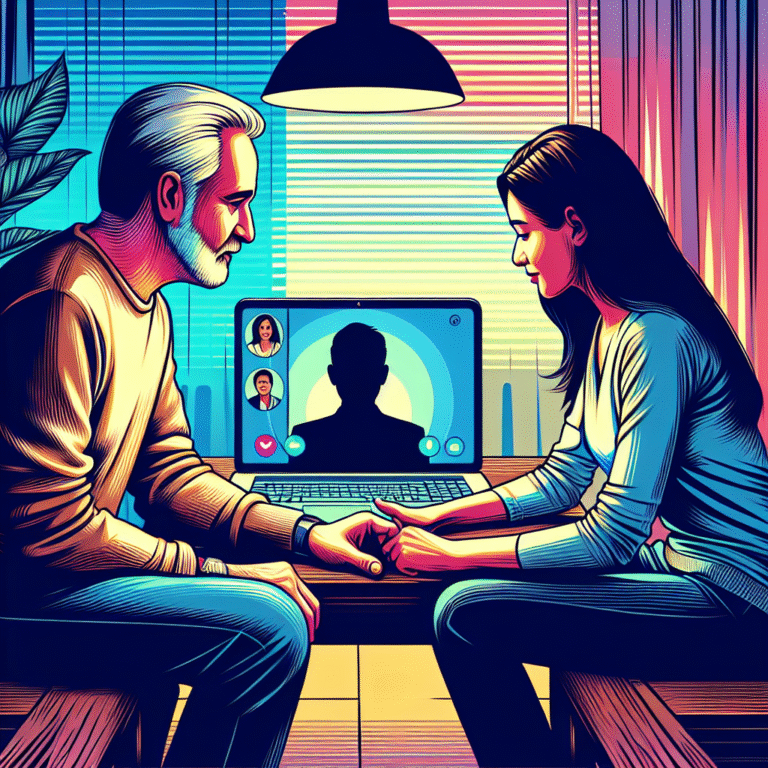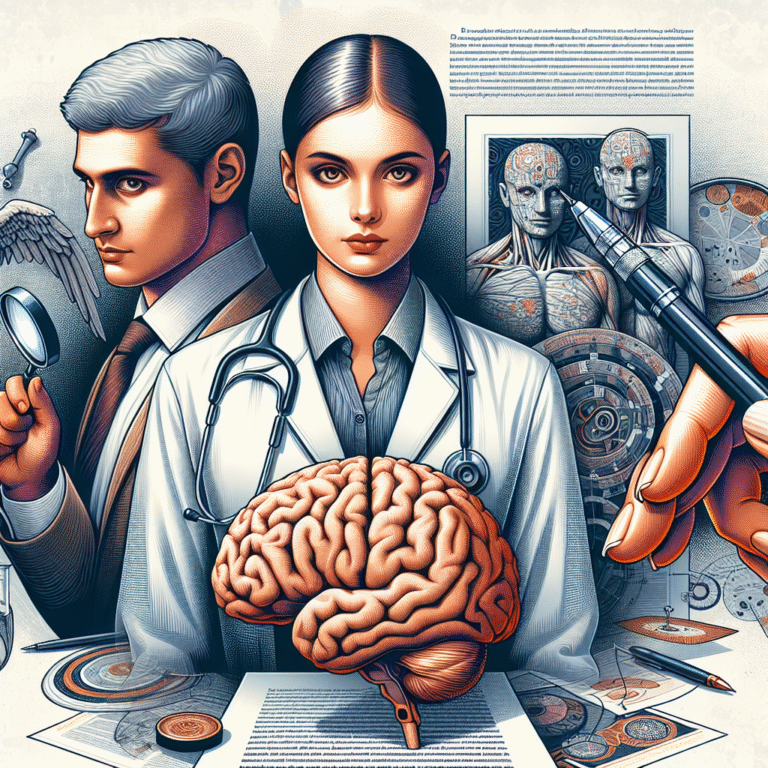
Introduction
In a world where social interactions are an everyday necessity, it is startling to realize that many grapple with the often silent and unseen battle of social anxiety. It’s not just shyness. It’s a pervasive fear that affects millions, making everyday interactions feel daunting and overwhelming. The Hidden Struggles: Recognizing Signs of Social Anxiety in Yourself and Others is not just a catchy phrase; it’s a call to awareness and understanding, highlighting the critical necessity to identify and compassionately respond to the signs of social anxiety, whether in ourselves or in those around us.
Understanding social anxiety can empower people to seek help and foster supportive environments for those suffering from it. The more aware we become, the kinder and more inclusive our interactions can evolve into. Let’s dive deeper into this topic, uncovering the nuances of social anxiety and helping illuminate pathways to greater empathy and support.
Understanding Social Anxiety: A Quick Overview
Social anxiety disorder (SAD) is characterized by intense fear or anxiety in social situations, significantly disrupting day-to-day life. Though it affects individuals differently, common aspects include:
- Fear of Judgment: Anticipating negative evaluations from others.
- Avoidance: Steering clear of social encounters altogether.
- Physical Symptoms: Experiencing sweating, trembling, or rapid heartbeat during social interactions.
Statistics on Social Anxiety
To grasp how widespread this issue is, consider the following table:
| Statistic | Percentage |
|---|---|
| Adults affected by social anxiety | 7% |
| Onset age for most individuals | 11 years |
| Those who never seek treatment | 60% |
| Impact on daily activities | Significant |
These numbers not only highlight the prevalence of social anxiety but also underline the urgent need to address and recognize its signs.
Key Signs of Social Anxiety
Recognizing signs of social anxiety in ourselves and others is the first step toward understanding and support. Here are some prevalent indicators:
1. Excessive Worry About Social Performance
Individuals with social anxiety often anticipate that they will embarrass themselves in social settings. This worry can be debilitating. For example, someone may dread an upcoming presentation weeks in advance, reflecting on every possible mistake they could make.
Case Study: Sarah’s Speech
Analysis: Sarah, a college student, was terrified of giving a presentation in class. Though she had prepared diligently, the mere thought of standing in front of her peers triggered panic. Her avoidance of the situation ultimately led to lower grades. Recognizing this anxiety allowed Sarah to seek counseling, where she learned coping strategies.
2. Physical Symptoms
Social anxiety frequently manifests physically. Symptoms such as sweating, blushing, trembling, or a shaky voice can occur during social interaction, causing individuals to retreat further into their shells.
3. Avoiding Social Situations
When faced with social events, those suffering from social anxiety may opt out altogether. This avoidance can extend to everyday scenarios like coffee meetings or even family gatherings.
Case Study: Mark’s Isolation
Analysis: Mark, a 29-year-old marketing professional, routinely canceled plans with friends. Over time, he found himself increasingly isolated. This withdrawal, influenced by social anxiety, spotlighted the importance of external support, leading Mark to join a support group.
4. Negative Self-Talk
The inner dialogue of someone with social anxiety can be critical and demeaning. They might continuously tell themselves they aren’t good enough, or fear the scrutiny of others, affecting their self-esteem and perception.
5. Discomfort in Groups
Many individuals with social anxiety experience heightened discomfort in group settings, worrying about how they are perceived and feeling an overwhelming desire to escape or become invisible.
6. Seeking Reassurance and Approval
Those struggling may frequently seek validation from others to ease their self-doubt. This dependence can strain relationships and lead to further anxiety.
Case Study: Jenna’s Struggles
Analysis: Jenna, a graphic designer, constantly sought approval from her colleagues. Her habit of looking for confirmation made her seem uncertain and instilled more anxiety within her team dynamics, demonstrating how social anxiety can impact professional relationships.
How to Recognize These Signs in Yourself
Self-Reflection Techniques
- Journaling: Keeping track of your feelings can provide valuable insights into patterns of anxiety.
- Mindfulness: Practicing mindfulness helps ground you, allowing for better awareness of anxious thoughts as they arise.
- Visualizing Social Scenarios: Mentally rehearsing social interactions can help in identifying specific fears and triggers.
Seeking Professional Guidance
For many, self-recognition is the first step towards healing. Professional help is invaluable in navigating social anxiety, offering behavioral therapies and coping techniques.
Recognizing Signs in Others
Sensitive observation and compassionate inquiry can aid in identifying social anxiety in those around you.
Building a Supportive Environment
Creating a space where individuals feel safe to express their struggles is crucial. Show understanding and encourage open dialogue.
Asking the Right Questions
If you suspect someone may be struggling, gently ask about their feelings regarding social situations. Listening without judgment can help them feel validated and less alone.
Case Study: Tom’s Support System
Analysis: Tom, a high school teacher, noticed a student displaying signs of social anxiety. By offering support and encouraging open discussions, he facilitated a safe space for the student. This instance underlines the importance of mentors and peers in recognizing and addressing social anxiety.
The Role of Empathy and Compassion
When we recognize The Hidden Struggles: Recognizing Signs of Social Anxiety in Yourself and Others, we have an opportunity to cultivate empathy. Compassionate listening and support can pave the way for individuals grappling with anxiety to feel understood and less isolated.
Conclusion
Understanding social anxiety requires a conscious effort to recognize its signs in both ourselves and those around us. By delving deeper into The Hidden Struggles: Recognizing Signs of Social Anxiety in Yourself and Others, we foster a culture of awareness and empathy. Each identified sign, each act of compassion, contributes to breaking down the stigma associated with social anxiety and encourages individuals to seek the help they need.
As we move forward, remember that you hold the power to create change — whether through self-awareness, support for friends and family, or fostering supportive environments at work and school. Your actions matter, and they can inspire a ripple effect of understanding and support in the fight against social anxiety.
FAQs
-
What is social anxiety disorder?
- Social anxiety disorder is a mental health condition characterized by intense fear or anxiety in social situations, disrupting daily life.
-
How can I tell if I have social anxiety?
- Look for signs such as excessive worry, physical symptoms in social situations, and a tendency to avoid social events.
-
How can I support someone with social anxiety?
- Offer empathetic listening and encourage open discussions; create a safe space for them to express their feelings without judgment.
-
Is social anxiety treatable?
- Yes, social anxiety is treatable through therapies, cognitive-behavioral approaches, and sometimes medication.
- What can I do to cope with my social anxiety?
- Practice mindfulness, seek counseling, and utilize self-reflection techniques like journaling to identify triggers and manage anxiety effectively.
By recognizing and addressing The Hidden Struggles: Recognizing Signs of Social Anxiety in Yourself and Others, we not only enhance our understanding but also empower ourselves and our communities to foster an environment of support and understanding.




